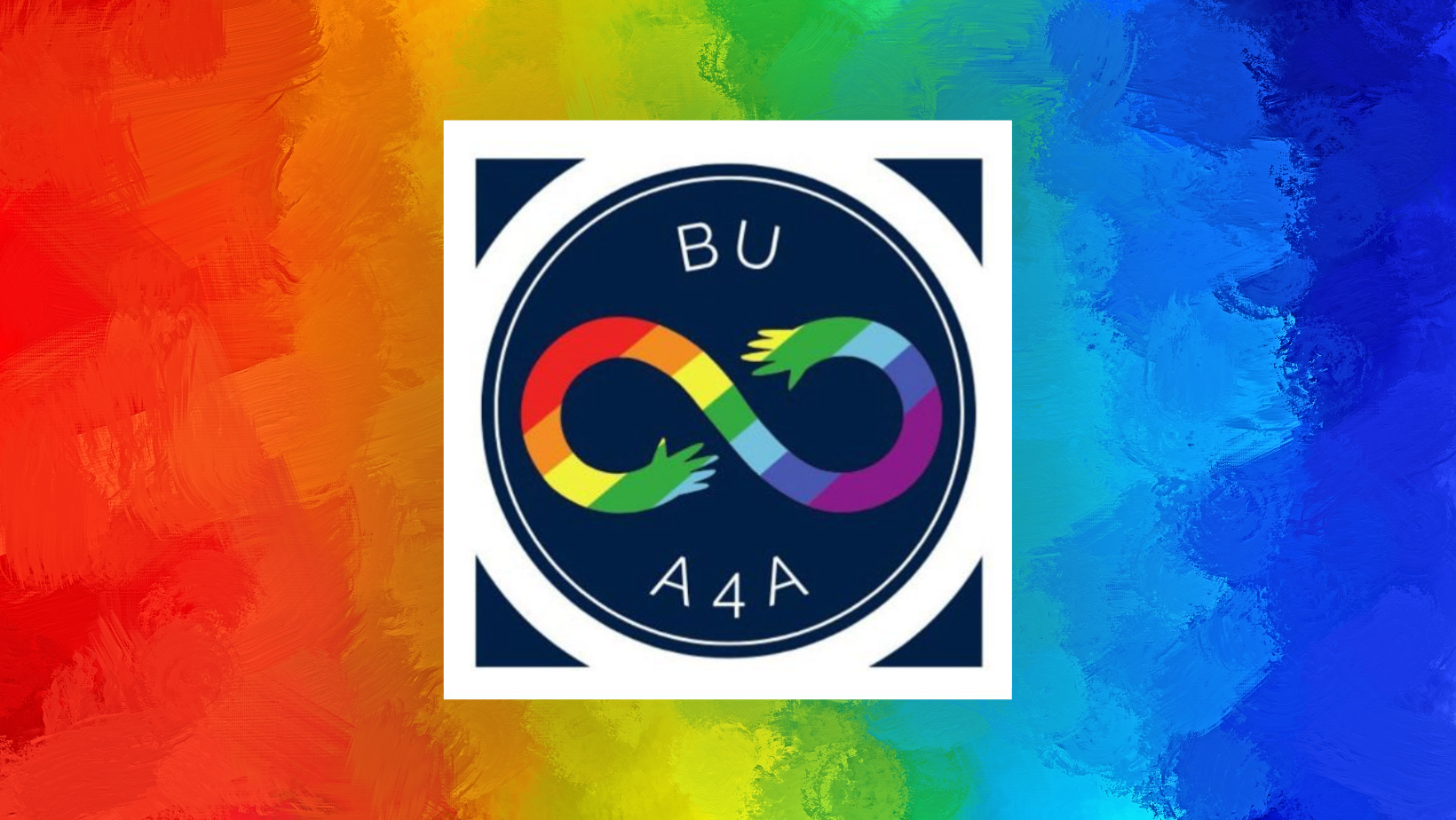April is Autism Acceptance Month. Graphic by Annie Faulkner.
TESSA FACKRELL | STAFF REPORTER | tfackrell@butler.edu
National Autism Acceptance Month began in 1972 as National Autistic Awareness Week. The week served to increase awareness and spark change in schools, businesses and communities in their treatment and understanding of autistic people.
Now, the entire month of April is recognized as Autism Acceptance Month and is observed by Butler students such as those involved in Advocates for Autism, A4A.
Previously called “Autism Awareness Month,” groups such as A4A prefer Autism Acceptance Month, as they feel “awareness” increases stigma around autism.
Savannah Schultz is a junior speech, language and hearing sciences major and president of A4A. She outlined the difference between awareness and acceptance.
“We feel like pretty much everyone is aware of autism by now, but what we really need more of is just accepting that autism is something that does not need to be cured or fixed,” Shultz said.
The faculty advisor for A4A, Ann Bilodeau, appreciates the group’s movement towards acceptance. She said that her time as the advisor has helped her learn to appreciate differences, and recognize the resilience of autistic students.
“I love that they’re pushing this concept of acceptance, because I do think it’s looked at as a disorder and those who have it really don’t feel that way,” Bilodeau said. “It’s just a part of who they are, and that’s really opened my eyes.”
A4A have events planned for the entirety of the month, including the dyeing of Star Fountain, a special interest showcase event, as well as a tabling event.
April 2 was World Autism Acceptance Day, and A4A hosted an event called “Light It up Red.” This event took place in the Efroymson Diversity Center and strove to educate students about autism and autism acceptance. It featured readings of works written by autistic poets and authors.
This comes in response to the historically problematic Autism Speaks “Light It up Blue” event.
Helen Didier, a senior secondary education major, discussed the historic issues with Autism Speaks and how groups such as A4A are combating common misinformation about autism.
“[Autism Speaks says] their color for autism is blue because it’s mostly found in boys, which isn’t true,” Didier said. “It’s mostly diagnosed in boys because girls often mask it better. So for that reason, we don’t like the use of the color blue.”
Star Fountain will be carrying on the red theme for the month and will be dyed red during the second week of April. Sarah Blade, a senior biology and classics double major and vice president of A4A, described her vision for the campaign.
“I just want it to look really obnoxiously red, get Yik Yak upset, just like they were during ‘F*** stairs,’” Blade said. “It’s gonna be really great. And I’m hoping that some people on campus will just realize that autistic students exist.”
While A4A is open to autistic students and allies alike, Autistic Students on Campus, ASOC, is a student group exclusively for students with autism. ASOC is hosting a community-building event April 11 at 6 p.m.
“It’s just autistic students, whether that be professionally diagnosed, self-diagnosed or questioning are welcome to come, and it’s like a really low-key setting,” Didier said. “We just sit and chat, which it’s nice for community building.”
A4A is also hosting a tabling event on April 18 outside of Starbucks. Students are encouraged to come to the event and ask any questions about autism.
“We’d really love people to come to that because no one really knows what autism is if they’re not autistic, or don’t have a close family member or friend who is autistic,” Blade said. “So I’m really hoping some people will come ask us some questions, learn some things.”
The A4A organization is hosting events throughout April. Specific details can be found on their Instagram page, @buadvocates4autism.



